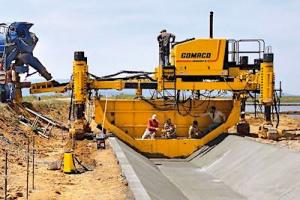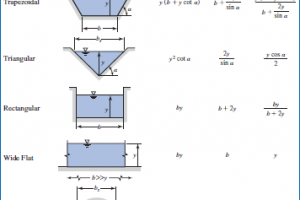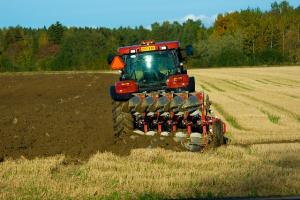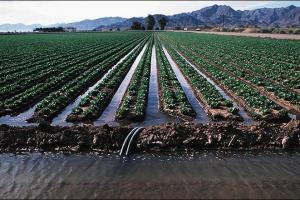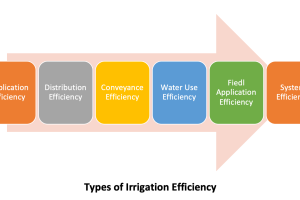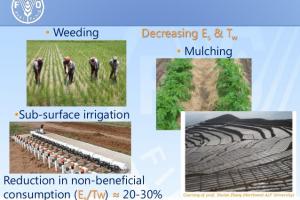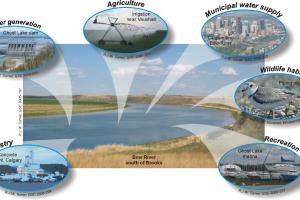Types of Canal Lining - PCC, RCC, Brick Lining

There are varieties of linings that are available today but we will be discussing the following three:
- Plain Cement Concrete Lining
- Reinforced Cement Concrete Lining
- Brick Lining
1. Plain Cement Concrete Lining
This lining is recommended for the canal in full banking. The cement concrete lining is widely accepted. It can resist the effect of scouring and erosion very efficiently. The velocity of flow may be kept above 2.5 m/s. It can eliminate completely growth of weeds. The lining is done by the following steps:
(a) Preparation of sub-grade
The sub grade is prepared by ramming the surface properly with a layer of sand (about 15 cm). Then slurry of cement and sand (1:3) is spread uniformly over the prepared bed.
(b) Laying of concrete
The cement concrete of grade M15 is spread uniformly according to the desired thickness, (generally the thickness varies from 100mm to 150 mm). After laying, the concrete is tapped gently until the slurry comes on the top. The curing is done for two weeks. As the concrete is liable to get damaged by the change of temperature, the expansion joints are provided at appropriate places.
2. Brick Lining
This lining is prepared by the double layer brick flat soling laid with cement mortar (1:6) over the compacted sub-grade. The first class bricks should be recommended for the work. The surface of the lining is finished with cement plaster (1:3). The curing should be done perfectly.
This lining is always preferred for the following reasons:
- This lining is economical.
- Work can be done very quickly.
- Expansion joints are not required.
- Repair works can be done easily.
Bricks can be manufactured from the excavated earth near the site. However this lining has certain disadvantages:
- It is not completely impervious.
- It has low resistance against erosion.
- It is not so much durable.
3. Reinforced Cement Concrete Lining
Sometimes reinforcement is required to increase the resistance against cracks and shrinkage cracks. The reduction in the cracks results in less seepage losses. However this reinforcement does not increase the structural strength of the lining. This reinforcement adds 10 to 15 percent to the cost and for this reason steel reinforcement is usually omitted except for very particular situations.



